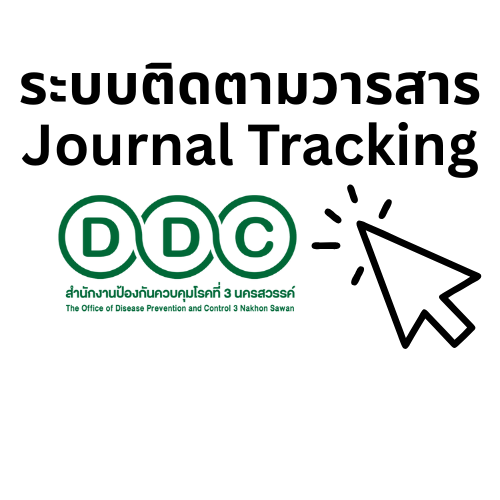Development of elderly self-health care model in Uttaradit
Keywords:
development, healthy, elderlyAbstract
The research is aimed to analyze health status, develop elder in diabetic risk group health care model and evaluate elderly self-heath care model. This applied research uses purposive sampling method to collects the diabetic elderly risk group which provide the highest number of diabetic risk group eldersin Uttaradit, especially in Santo, Nam Pad district. The 30 samples are carefully chosen by systematic sampling method. Various instruments such as questionnaire, In-depth interview, focus group, Non-Participant Observationand field note are usedto collect the effective data. The data, quantitative result and qualitative result are analyzed by Triangulation Methods, descriptive statistics and Content Analysis, respectively.
The collective data resulted that the diabetic risk group eldersshowed elderly self-health care behaviorbyintegrated the behavior change experience, theory and life style together,especially, self-cropping, eating vegetables and fish, prevent smoking and revitalized by group activities such as exercising three days per week, listening and singing, ,basket weaving, doing daily exercise from various activities such as house working, cropping, biking, and walking as well as living up to aged life stylesuch as self-cooking, having traditional foods, andwalking and biking in community. The evaluation reveals that the elders most continually attended mental health promotion activity followed by having vegetables, doing daily exercise and group exercise, respectively. The elderly self-health care model can be decreasing Fasting Blood Sugar in amount of 26 persons which 9 peoples have reduced waistline and increasing in health behavior point after joined this program.
References
2. รายงานการสำรวจสุขภาพประชาชนไทยโดยการตรวจร่างกาย. (2552). สำนักงานสำรวจสุขภาพประชาชนไทย(สสท.)
3. สำนักนโยบายและยุทธศาสตร์.(2554). สรุปสถิติที่สำคัญ พ.ศ. 2554.สำนักปลัดกระทรวงสาธารณสุข.
4.สำนักงานสารณสุขจังหวัดอุตรดิตถ์. (2559). สรุปผลการดำเนินงานส่งเสริมสุขภาพผู้สูงอายุ ปี 2559.
5. ธนัช กนกเทศ.(2557).การพัฒนาแผนยุทธศาสตร์สวัสดิการผู้สูงอายุ : กรณีศึกษาเทศบาลนครพิษณุโลก.วารสารมนุษยศาสตร์และสังคมศาสตร์.
6. Ebersole, P. & Hess, P. (1998). Toward healthy aging. St. Louis : Mosby-Year Book, Inc..
7. วิภาพร สิทธิสาตร์สุ,ชาดา สวนนุ่ม. (2550). พฤติกรรมส่งเสริมสุขภาพของผู้สูงอายุในชุมชนเขตความรับผิดชอบของสถานีอนามัยบ้านเสาหินตำบลวัดพริกอำเภอเมืองจังหวัดพิษณุโลก.วิทยาลัยพยาบาลบรมราชชนนีพุทธชินราชสถาบันพระบรมราชชนกสำนักงานปลัดกระทรวงสาธารณสุข.
8. ณิชารีย์ ใจคำวัง. (2558). พฤติกรรมเสี่ยงของกลุ่มเสี่ยงโรคเบาหวานและ โรคความดันโลหิตสูง:
กรณีศึกษาโรงพยาบาลส่งเสริมสุขภาพตำบลบ้านปากคะยาง จังหวัดสุโขทัย.วารสารการพัฒนาชุมชนและคุณภาพชีวิต. มหาวิทยาลัยราชภัฏอุตรดิตถ์.
9. Pender, N. J. (1996).Health Promotion in Nursing Practice. (3rded.). NewYork :Appleton&Lange
10. เปิ่นนเรศ กาศอุดม, มัณฑนา เหมชะญาติ. (2554). ผลของโปรแกรมการส่งเสริมพฤติกรรมสุขภาพของผู้สูงอายุในเขตเทศบาลตำบลบางกะจะอำเภอเมืองจังหวัดจันทบุรี.วิทยาลัยพยาบาลพระปกเกล้าจันทบุรี.
Downloads
Published
How to Cite
Issue
Section
License
Copyright notice
Article published in the Journal of Disease and Health Risk DPC.3 Nakhon Sawan. It is considered a work of academic research and analysis as well as the personal opinion of the author. It is not the opinion of the Office of Disease Prevention and Control 3, Nakhon Sawan. Or the editorial team in any way Authors are responsible for their articles.
Privacy Policy
Name, address and e-mail address specified in the Journal of Disease and Health Risk DPC.3 Nakhon Sawan. It is used for identification purposes of the journal. And will not be used for any other purpose. Or to another person.








